CETEC is capable of generating a Globally Harmonized System of Classification and Labelling of Chemicals (GHS) compliant safety data sheet
- Overview
By law, SDS must be reviewed every 5 years and updated with new information highlighting risks and hazards which the material possess.
A Safety Data Sheet (SDS) is a document that needs to be prepared before manufacturing or importing a hazardous chemical that will be supplied to a workplace. SDS are a regulated safety sheet which all chemical providers must provide when selling hazardous materials and/or dangerous goods. SDSs must meet the internationally recognised requirements of the Globally Harmonized System of Classification and Labelling of Chemicals (the GHS), except as modified by the requirements of the Australian Work Health and Safety legislation (which is adopted in most states and territories with minor amendments) or the Victorian Occupational Health & Safety Regulations (which recognised SDSs produced in other Australian jurisdictions). The legislation also directs how hazardous chemicals are to be labelled.
It’s sometimes said that producing an SDS for a hazardous chemical is just a box-ticking exercise. If a company supplies a hazardous chemical without an SDS, or provides an SDS that doesn’t fully address the hazards of the product, then firstly they may be liable to prosecution and secondly that company may find itself liable for any injuries that the chemical causes as a result of a failure to alert end users to the chemical’s hazards. If inappropriate use of the product leads to a workplace injury, then the state regulator may well take a close look at the SDS to determine whether it fully described the hazards and whether it offered adequate advice on PPE. If not then the supplier may face prosecution, along with the adverse publicity that goes with that.
Although the legislation only requires an SDS to be supplied for a chemical that’s classified as hazardous, many suppliers and manufacturers also provide SDSs for products that aren’t hazardous, or for products that may be subject to hazards only when modified in some way. This is often customer-driven but there may also be other reasons to do this. For example, if a solid product that contains sand (i.e. crystalline silica) is to be sawn, ground or sanded, then the resulting powder may be fine enough to contain respirable crystalline silica, which is now classified as a Category 1A carcinogen (and causes silicosis). If workers are regularly sawing, grinding or sanding that product then they’ll need to be protected from that exposure. Failure to warn of this exposure may leave a supplier vulnerable to legal action. The advantage of supplying an SDS even for a non-hazardous product is that the client receives a clear assurance that the product is non-hazardous rather than just relying on the absence of warnings on the product packaging. The SDS may also include hazards that don’t come under the GHS, such as the risk of a combustible dust explosion.
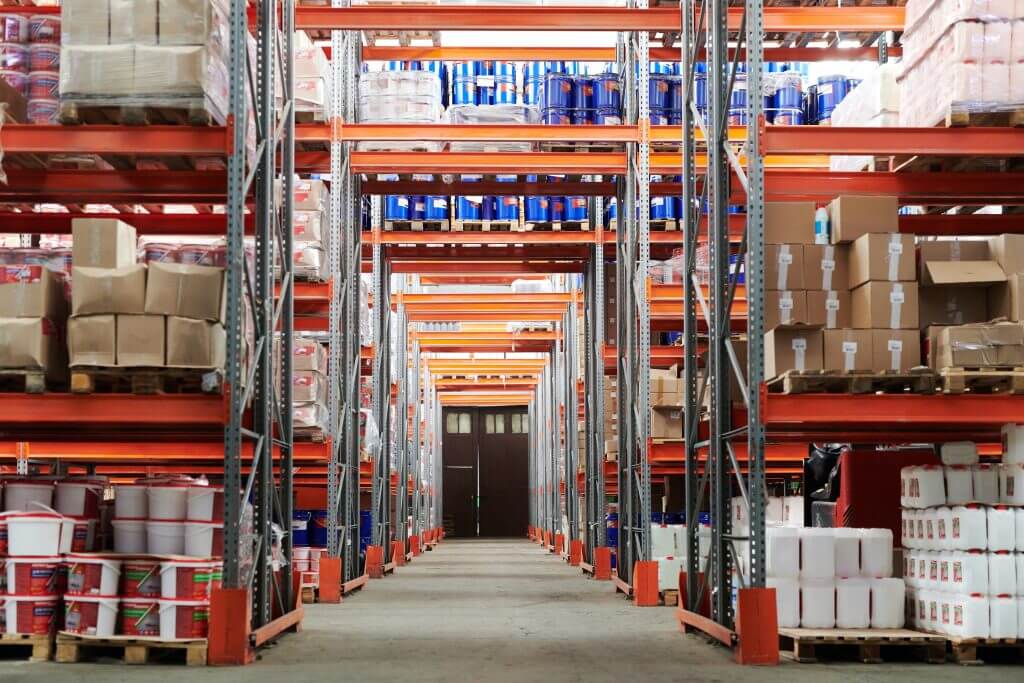
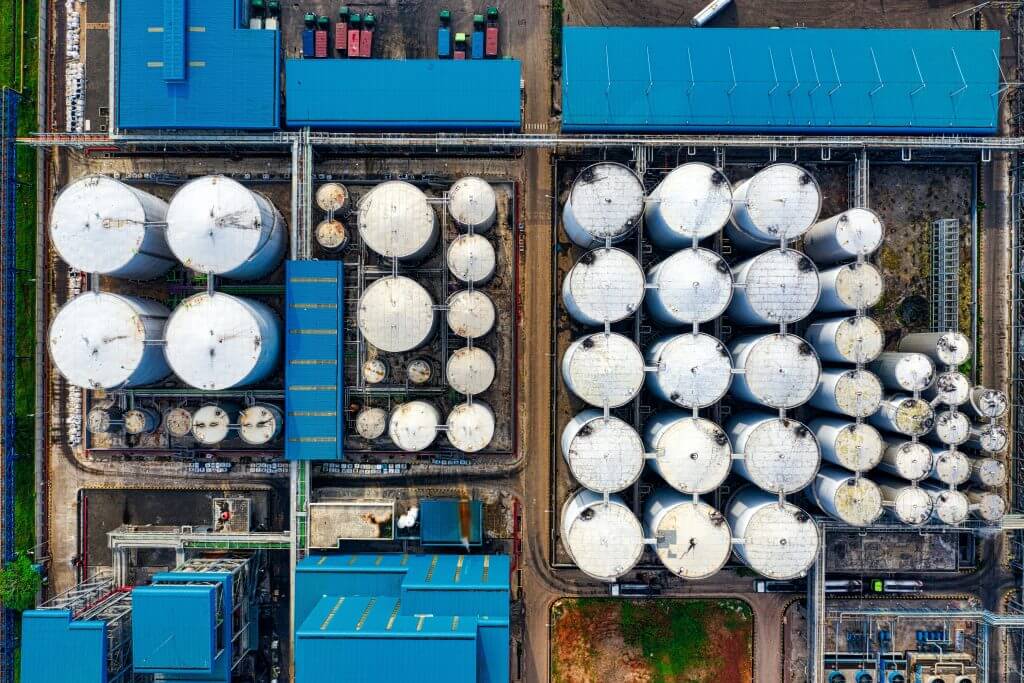
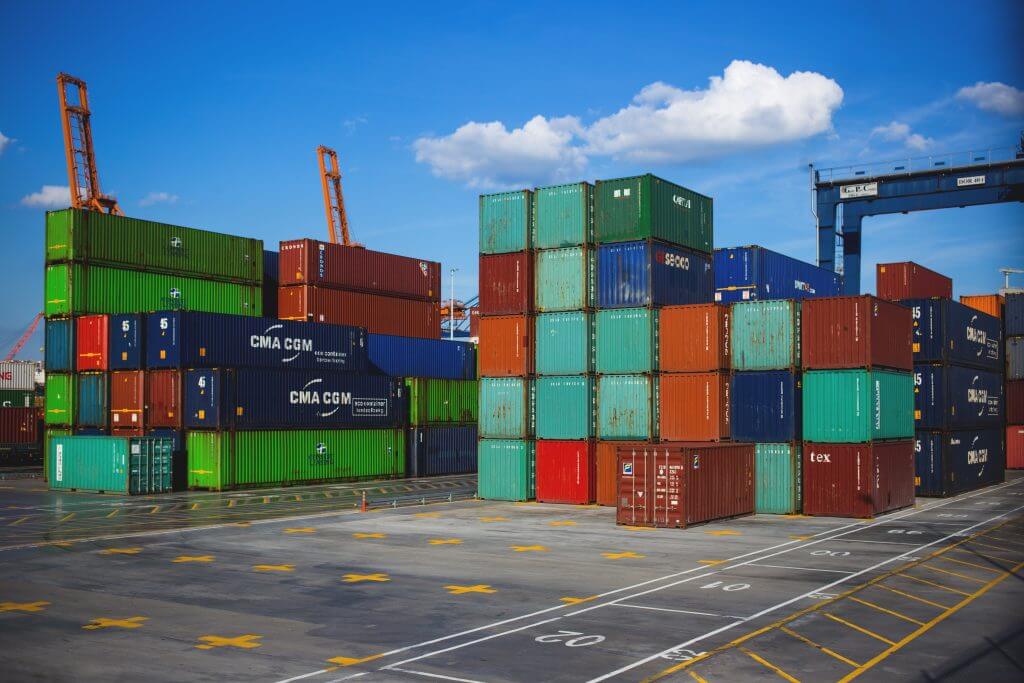
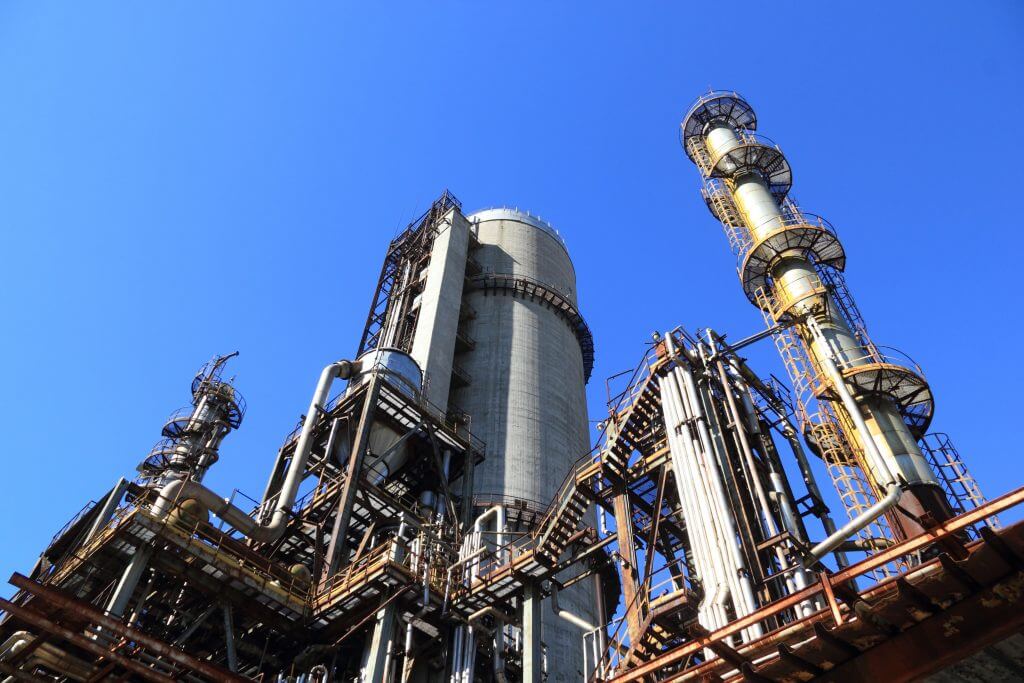
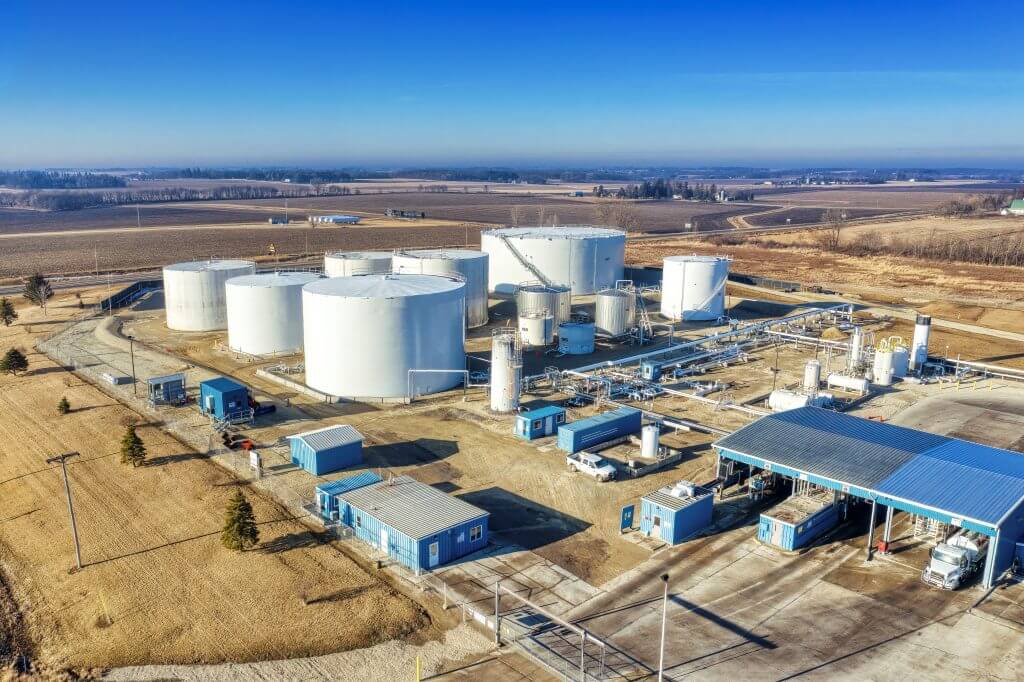

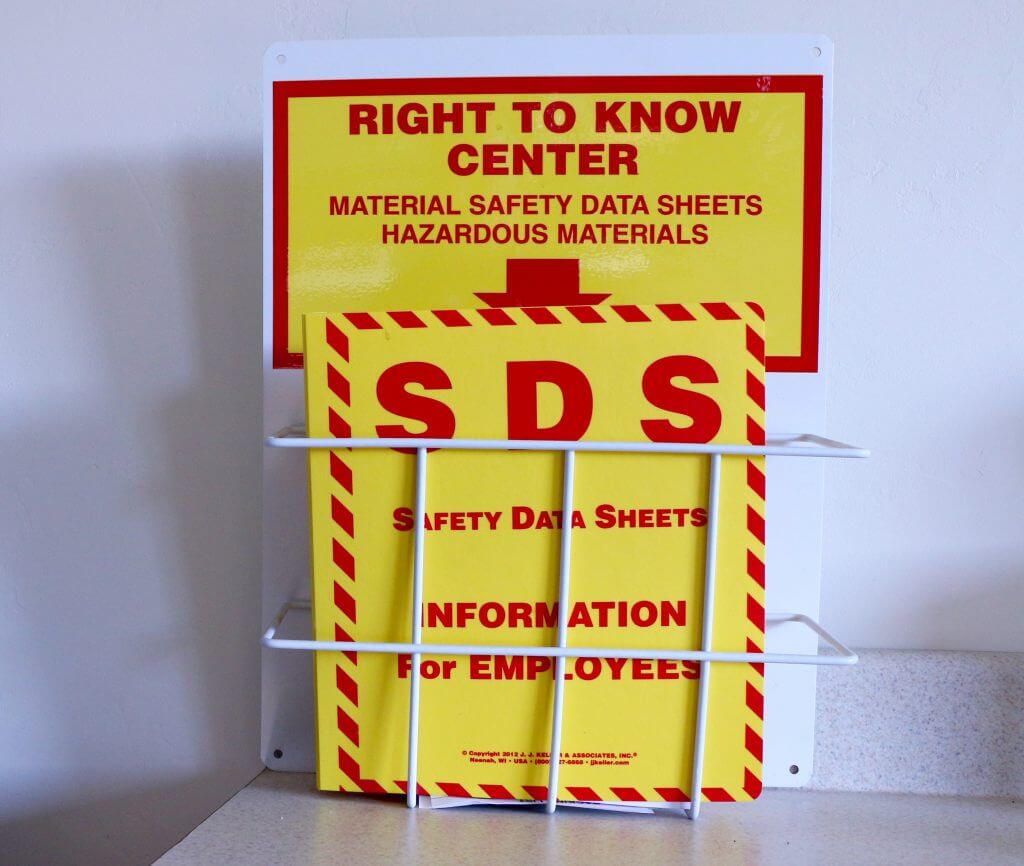
- Service Benefits
A company that supplies a legally complying SDS for a hazardous chemical is less vulnerable to legal action
The following 16 points will be addressed in the SDS
Product identification
Hazard(s) identification
Composition and information on ingredients
First aid measures
Fire fighting measures
Accidental release measures
Handling and storage
Exposure controls and personal protection
Physical and chemical properties
Stability and reactivity
Toxicological information
Ecological information
Disposal considerations
Transport information
Regulatory information
Key outcomes
An Australian compliant Globally Harmonized System of Classification and Labelling of Chemicals (GHS) safety data sheet can be generated as required
Facilitate the mandatory five yearly review and update of your company’s current SDSs.


